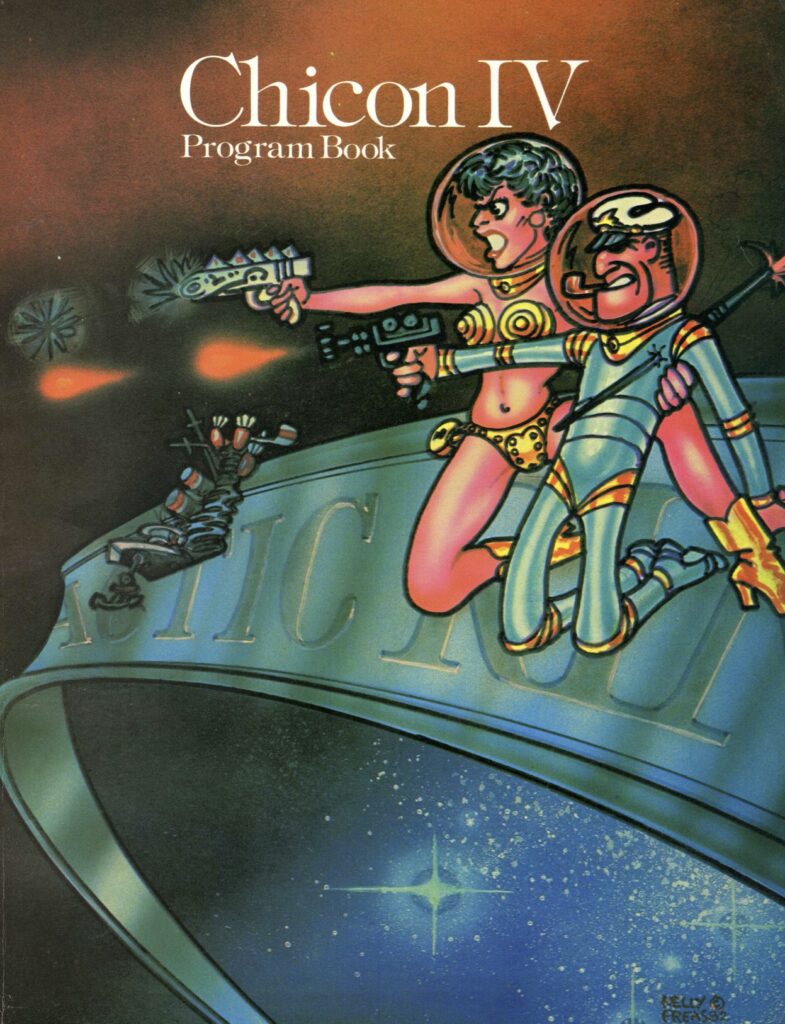Next day, Tuesday 31st August, Frank and I took the A train down to W. 4th St. to meet Moshe Feder, planning to take in the south of Manhattan: Washington Park, Greenwich Village, SoHo, Downtown, the World Trade Center (spelling!) and Wall Street.
Moshe was very concerned to show me the one place in Manhattan where a street crosses a street. In Manhattan’s grid pattern Streets go East-West and Avenues go North-South. Therefore streets never cross streets and avenues never cross avenues. Broadway cuts diagonally across the lot, but Broadway is neither a street nor an avenue, so that’s all right. However, if you go down to the south of the island, you reach the oldest part of New York, the New Amsterdam originally built by the Dutch. There the streets retain some ancestral memory of their European origins, being smaller and more crowded together, and at one point a street crosses a street! Mind-boggling!
This is another of those things like the hundred year old house. Streets cross streets all the time in London and all British cities. You can go left, left, left and left again in London and end up nowhere near where you started and totally lost. The novelty for me in New York was the grid layout.
(That’s what Moshe told me at the time, but looking now at a map of Manhattan on-line, there seem to be quite a few places in the south of Manhattan where streets cross streets. Another illusion shattered. Oh well.)
Since I published this, Moshe has written to me: “I was pleased to see myself mentioned, of course, but have to offer a correction since you have slightly misremembered our walk through Greenwich Village. The intersection I was eager to show is not the only place where two streets cross. As you note, that’s not unusual in the part of the city predating the grid. Rather, it was an intersection where two NUMBERED streets that should run parallel SEVEN blocks apart instead intersect, the streets in question being West 11th and West 4th.”
I stand corrected, though I suspect it was a subtle distinction that I missed at the time, rather than a misremembering more recently.
We had lunch in McSorley’s Old Ale House on E 7th St. where they served beers brewed on the premises. You order “a beer” and you get beers like they serve in the Western films, 2/3 beer, 1/3 froth, in two glasses weighing half a ton each. It is quite feasible to order a beer and share it equally between two people. In fact, that is what Frank and Moshe did. (But not me. I didn’t have anyone to share it with, so I forced myself to drink both.)
The highlight of the day, and something Moshe insisted upon, was the Staten Island Fairy. The concept of such a character had me intrigued for – oh, minutes, until I realised I had misheard. The purpose of our trip on the Staten Island Ferry was to come back, giving me the traditional immigrant’s view of New York – the Statue of Liberty, Ellis Island, the skyscrapers, the waterfront. These actually only occupy a small part of downtown, but the image is iconic and powerful. We didn’t bother to see anything of Staten Island apart from the ferry terminal.
Dinner, after the usual frantic phoning around to the others, was in Chinatown.
After so much walking around, I spent most of the next day resting my feet, although I did take a trip out on the subway on my own to a comic book store near W 4th St. By this time I had fully mastered the arcane art of the subway token and the slot, and returned alive to Broadway Terrace.
On Thursday, I packed up and took the flight from JFK to Chicago O’Hare (tickets arranged by a friend of Stu’s in the travel business), hopped on the bus to the Executive House Hotel. Frugal Stu, careful of TAFF funds, had booked me into an overflow hotel with the New York contingent, just round the corner from the main con hotel, the Hyatt Regency.
This was it, main purpose of visit: Chicon IV.

